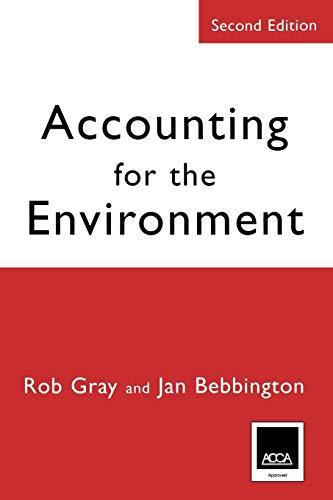S7-1 Evaluating Netflix's Decision to Separate Its Lines of Business and Raise Prices @LO 7-2 For most products and services, managers know that raising prices will reduce demand, while lowering prices will increase demand. What managers don't always know is how much demand will change in response to a change in price. In economics, the sensitivity of demand to changing prices is called the price elasticity of demand (PED). It is computed by dividing the percentage change in demand by the percentage change in price. Although PED will be negative in most cases, indicating an inverse relationship between price and demand, it is usually interpreted as an absolute value. On an absolute value basis, a PED less than one indicates that the demand is relatively inelastic, while a PED greater than one indicates that demand is relatively elastic. In July 2011, Netflix decided to separate its DVD-by-mail service from its streaming video service. In addition to the hassle of receiving two bills instead of one, Netflix subscribers now had to pay about $ 16 for both services, when they previously only paid about $10. Many Netflix customers were outraged by this decision, and the company reportedly lost about 1 million of its 25 million subscribers due to this decision. In response to the uproar from customers and investors, Netflix co-founder and CEO, Reed Hastings, posted a letter of explanation on the company website. He did not apologize for the decision to split the services and raise prices, which he maintained was the right strategic decision given the importance of streaming video to Netflix's future. However, he acknowledged that he should have done a better job of communicating the rationale for the change to customers in advance of making the change. Consider the following additional information and estimates: Prior to the split, Netflix had about 25 million subscribers who were paying an average subscription fee of $10 per month. After the split, Netflix estimated the following: 21 million subscribers would continue with the streaming video service. 12 million of those subscribers would also continue with the DVD-by-mail service. 3 million users would subscribe to DVD-by-mail only. The new subscription fee for each service is $8 per month. Assume that variable costs of the DVD- by-mail service (for shipping, handling, and DVD replacement) are $0.40 per movie exchange and that the average user exchanges 5 movies per month. The variable costs of the streaming video service are negligible. Required: 1. In general, would you classify the demand for Netflix services as elastic or inelastic? Explain. 2. Determine how much Netflix's monthly profit would increase or decrease with the new pricing and subscription structure. 3. If you were a Netflix customer, how would you react to this change? 4. If you were a Netflix Page 347 shareholder, how would you react to this change? Optional: This is an opportunity for you to research what actually happened to Netflix's stock price in the days and months after the price change. 5. Do you think Netflix made the change to boost short-term or long-term profit? 6. In your opinion, was Netflix's decision to separate the streaming video from DVD- by-mail a good one










